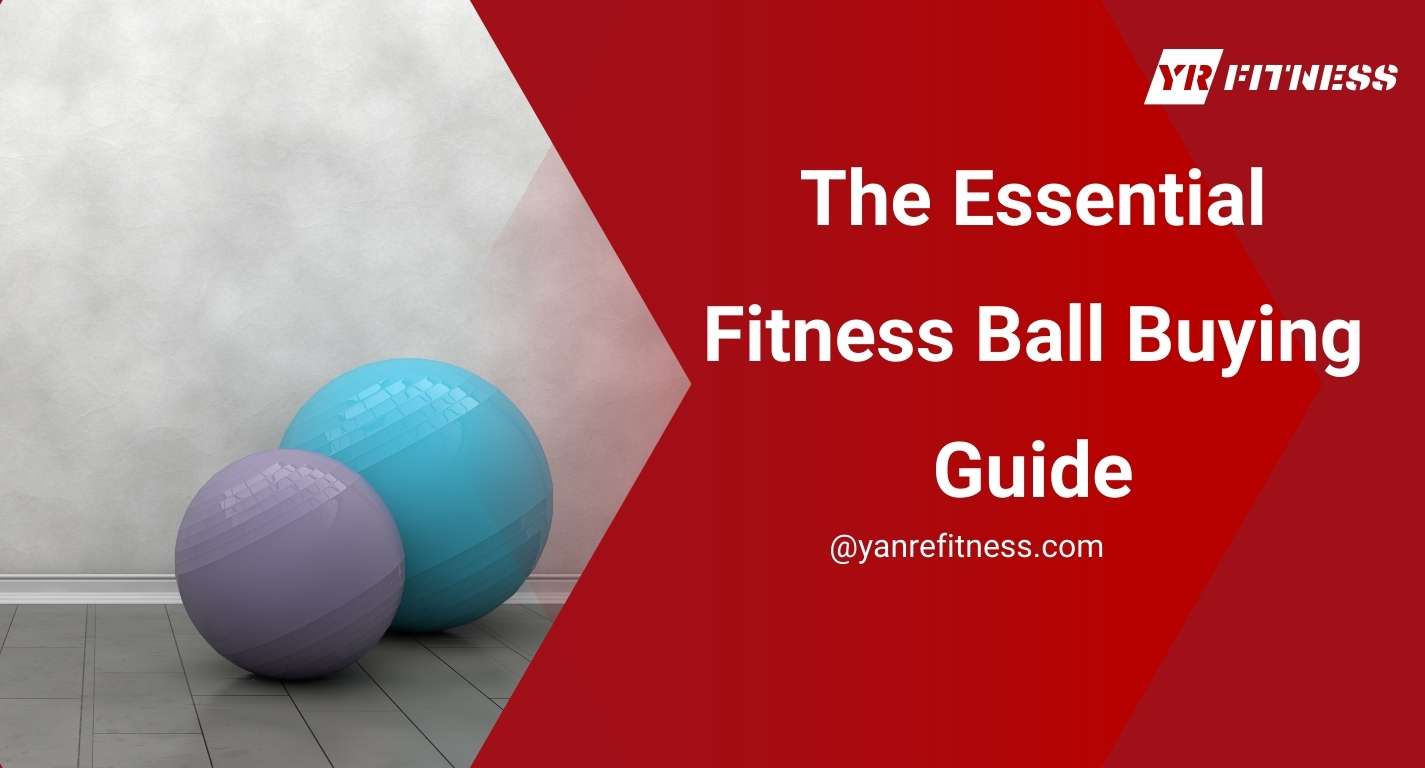Are you looking to stock your gym with top-quality fitness balls? This guide will give you the insights you need to make informed decisions.
With so many options available, selecting the right fitness balls can feel overwhelming. That’s why it’s important to understand the key factors that make a difference in quality and performance.
Fitness balls come in various sizes and materials, offering versatile options for different types of workouts. Choosing the right ones can enhance both cardio and strength training for your clients, providing stability and support across a range of exercises.
In this guide, you’ll discover the important features to consider when purchasing fitness balls and learn how to avoid common mistakes that lead to low-quality choices.
So let’s get started!
Table of Contents
1. Quick Comparison Chart
A quick comparison chart helps streamline the selection process by highlighting the key properties of fitness balls, making it easy to see which options are best suited for your gym. This overview breaks down the main characteristics, allowing for easy comparison of essential elements at a glance.
Property | Description | Ideal For | Considerations |
Material | Options include Eco-friendly PVC, Recycled PVC, TPE, NBR, and Rubber. | Durability, flexibility, and performance. | Latex content in rubber balls can be a concern for clients with allergies. |
Size | Diameter varies (45 cm to 75 cm) based on user height and exercise type. | Stability, proper form, and comfort. | Larger sizes for taller users and stretching; smaller for core exercises. |
Weight | Heavier balls are more stable and typically higher quality. | Intense workouts, high-traffic use. | Heavier balls may be more challenging to store or transport. |
Resistance | Anti-burst and anti-slide features enhance safety and stability. | Heavy use, diverse exercises. | Look for reinforced designs and textured surfaces. |
Durability | Determined by material quality and thickness. | Long-term use in a gym setting. | Thicker materials last longer and withstand wear. |
Smell | High-quality, non-toxic materials are odor-free. | Client comfort and safety. | Low-quality materials often emit a strong odor. |
Color | Color can influence mood and motivation. | Energizing and positive gym atmosphere. | Bright colors increase motivation; darker colors may feel subdued. |
2. Fitness Ball Properties
Understanding the key properties of fitness balls is essential when choosing the right equipment for your gym. Here are some factors that play a crucial role in how well the ball will meet the needs of your clients and withstand daily use in a gym environment:
Material
Choosing the right material can enhance the longevity of the ball and improve the workout experience for your clients. Here are the most common materials used in fitness balls:
- Eco-friendly PVC: More elastic, resistant to wear and tear, and often features a matte finish. This option is ideal for gyms focused on sustainability and long-term use.
- Recycled PVC: Typically has a shinier appearance, rougher texture, and sometimes emits a noticeable plastic odor. While durable, recycled PVC is usually considered lower in performance compared to eco-friendly versions.
- TPE (Thermoplastic Elastomers): Known for being soft, flexible, and eco-friendly, TPE offers good elasticity but may not be as durable as PVC for heavy use.
- NBR (Nitrile Butadiene Rubber): A synthetic rubber material that is soft and comfortable but can wear down more quickly in high-traffic environments.
- Rubber: Less common but offers good durability and grip. Some rubber balls may contain latex, so be mindful of clients with latex allergies.
Size
Fitness balls come in various sizes, designed to accommodate users of different heights and to help maintain proper form during exercise. For instance, the size of a fitness ball is measured by its diameter, which can be determined by fully inflating the ball and measuring around its midpoint.
To find the correct size, have the user sit on the ball as they would on a chair:
- If their knees point upward and their thighs are lower than their hips, a larger ball is needed.
- If their feet don’t touch the ground easily, a smaller ball would be more appropriate.
Here are some general guidelines:
- Choose a larger ball if the user has long legs, is overweight, suffers from back issues, or needs the ball primarily for stretching.
- Opt for a smaller ball if the user has shorter legs or a lower BMI (body mass index).
It’s also worth noting that fitness balls are somewhat adjustable. You can always add or release a little air to achieve a better fit for different users.
Weight
It’s important to consider the weight of yoga balls when making your selection. As a general guideline, for exercise balls of the same size, opt for the heavier ones. When purchasing, ask the manufacturer about the ball’s weight, as this can provide a good indication of its overall quality. Reputable manufacturers like YR Fitness include the weight in the product specifications.
Weight Limit
Fitness balls have different weight capacities, which are divided into 2 key categories:
- Static Weight Limit: The maximum weight the ball can support when stationary, such as sitting or lying on it. According to BODi, standard fitness balls can typically support up to 250 lbs (113 kg), while heavy-duty models can handle up to 2,200 lbs.
- Dynamic Weight Limit: The maximum weight the ball can handle during movement, such as exercising or bouncing. Standard balls generally support 250 lbs, while heavy-duty models can handle up to 500 lbs.
For high-traffic gyms, it’s recommended to choose heavier, higher-capacity balls to ensure durability and better performance.
Resistance
When selecting fitness balls for your gym, resistance is a critical factor that impacts both safety and performance. Here are 2 main elements that contribute to the overall durability and functionality of the ball during exercises:
Anti-Burst Properties
Anti-burst fitness balls are designed to deflate slowly in the event of a puncture, rather than popping abruptly, making them safer for use in high-intensity environments like gyms. The effectiveness of a ball’s anti-burst capability depends on several factors.
In addition to the material, some fitness balls are constructed with special design features, such as honeycomb structures, which distribute pressure more evenly across the ball’s surface. This reduces the chance of cracks or punctures spreading and causing a rupture. Certain balls also incorporate internal reinforcements that allow them to withstand higher levels of pressure without losing their shape.
Anti-Slide Properties
Anti-slide properties are just as important as anti-burst features, as they help keep the ball stable and prevent slipping during exercises. The texture of the ball is the main factor that determines how much grip it provides. A slightly textured surface gives the ball enough friction to stay in place while allowing smooth movement during workouts. A ball that is too smooth can easily slip on certain surfaces, creating potential hazards.
On the other hand, a ball that is overly sticky can pick up dirt, lint, and other debris, which may require more frequent cleaning. Finding a ball with the right balance of grip and movement is essential to ensure safety without compromising ease of use.
Durability
When purchasing fitness balls for your gym, durability is a key factor to consider, as high-quality equipment can withstand frequent use. Balls made from thicker, high-grade materials are generally more durable and can maintain their shape and functionality over time, even with constant use. Thin or flimsy balls tend to wear out more quickly and are prone to punctures or losing air, which compromises their effectiveness during workouts.
While stability balls are built to last, they do have a lifespan. Most manufacturers recommend replacing them after about a year of regular use, as the material can gradually weaken with time and repeated pressure.
Smell
The smell of a fitness ball can offer insights into the quality of its materials. YR Fitness’ high-quality fitness balls are made from non-toxic, safe materials typically have little to no odor. On the other hand, lower-quality balls made from cheaper, potentially harmful materials often give off a strong plastic smell. This odor can be an indicator that the ball may contain toxic components.
When purchasing fitness balls for your gym, it’s a good practice to check for certifications like GS (Geprüfte Sicherheit) or TUV, which confirm that the materials meet safety standards. These certifications can help you determine whether the ball is made from safe, non-toxic materials, minimizing any concerns about unpleasant odors or potential health risks.
Color
The color of a fitness ball can have a surprising impact on performance, influencing mood and motivation during workouts. Research in color psychology highlights the effects of different colors on energy and focus:
- Bright, Vibrant Colors: These colors tend to uplift energy levels, creating a more positive and motivating atmosphere. Clients may feel more engaged and focused during their workouts.
- Dark or Dull Colors: These can evoke a more subdued mood, potentially lowering motivation and energy levels during exercise.
Inflating
Inflating a fitness ball correctly is essential for both safety and performance in any gym setting. Proper inflation ensures the ball maintains the right firmness, while minimizing the risk of bursting or underperformance.
Tips and Techniques
Proper inflation is critical to the performance and longevity of a fitness ball. While some fitness balls come with a pump, these are often less effective than using a more reliable tool like an air compressor or bike pump.
Key steps for proper inflation:
- Inflate the ball to the diameter recommended by the manufacturer. For new balls, it’s advisable to inflate them to around 80%, let them sit overnight to allow the material to stretch, and then inflate them to their full size the next day.
- Mark the intended diameter on a wall, and inflate the ball until the top of the ball reaches this height.
- Sit on the ball after inflating to test. The ball should sink around 2 to 3 inches under your weight, indicating the correct level of firmness.
Shape Maintenance
Over time, it’s normal for exercise balls to gradually lose air, which can reduce their firmness and effectiveness. For instance, a well-inflated ball that holds its air longer reduces the need for frequent re-inflation, which can be time-consuming.
The duration a ball stays fully inflated depends on several factors, including the quality of the ball and the type of exercises performed. High-quality balls tend to last longer without deflating, but environmental factors such as temperature and humidity also affect how long they retain their shape. Regular use will eventually cause the ball to lose some air, but good-quality balls should perform well before requiring re-inflation.
3. Fitness Ball Accessories
Many fitness ball brands offer additional accessories to enhance the user experience and add value to your purchase. On top of that, these accessories can make a significant difference in convenience and functionality, particularly in a gym setting where equipment is frequently used. Here are some fitness ball accessories:
- Air pumps: Often provided for inflation, although an electric pump is recommended for ease and efficiency, especially if the ball will be inflated and deflated regularly.

- Exercise bands: These can be included to add resistance to workouts, increasing the versatility of the ball.
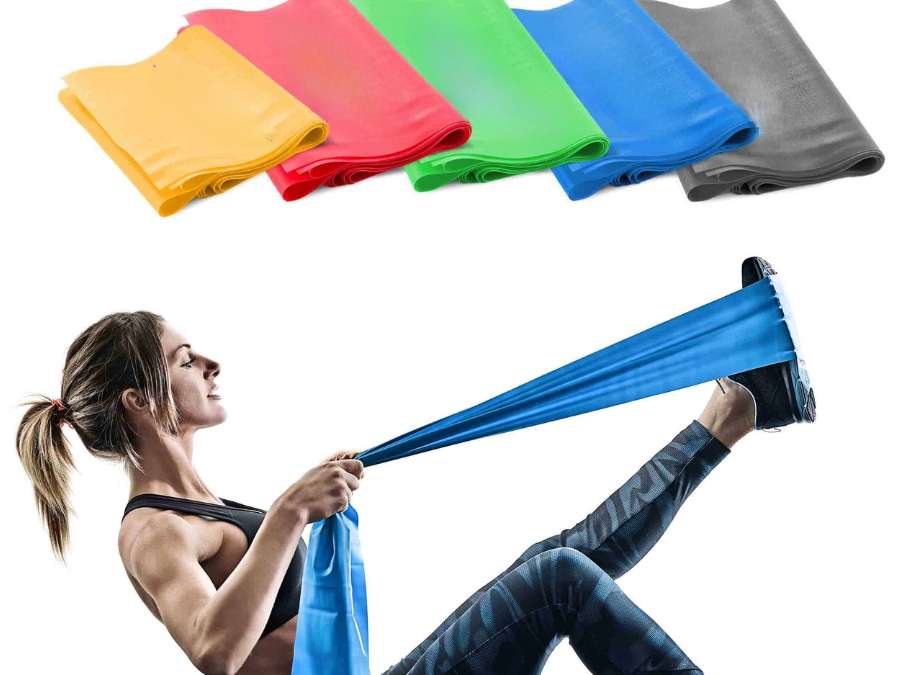
- Handles: Some balls come with handles to improve stability during specific exercises.
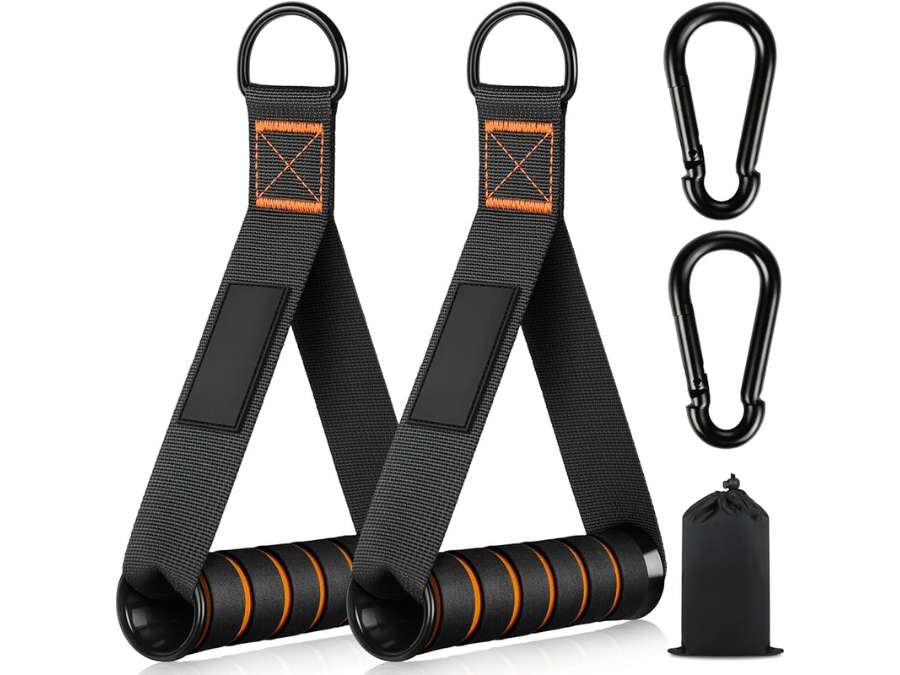
- Measuring tape: Used to measure the ball’s diameter during inflation to ensure it reaches the correct size.
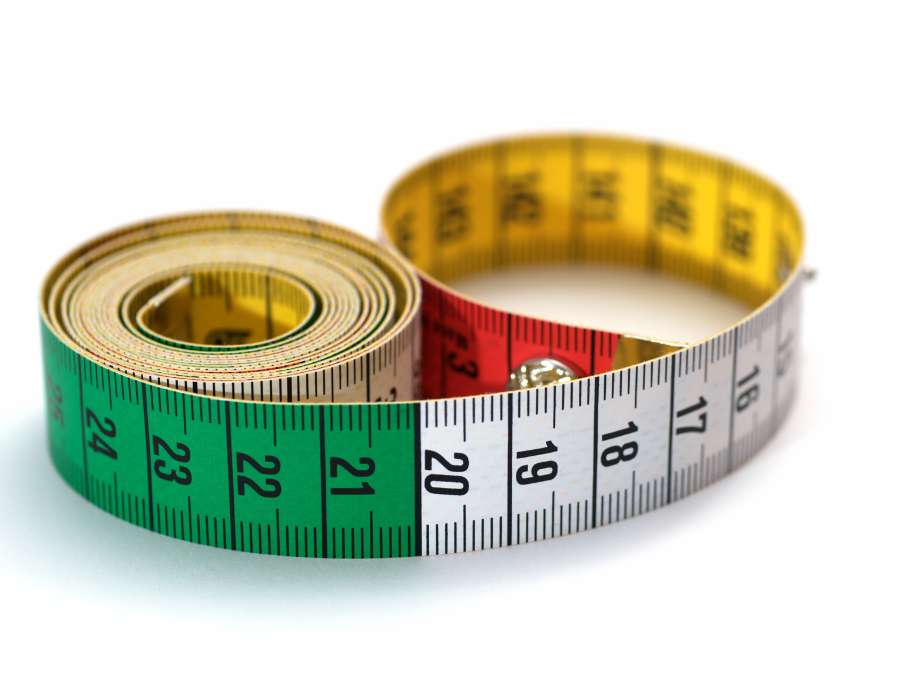
- Instructional videos: These can offer workout guides and tips for using the ball effectively.
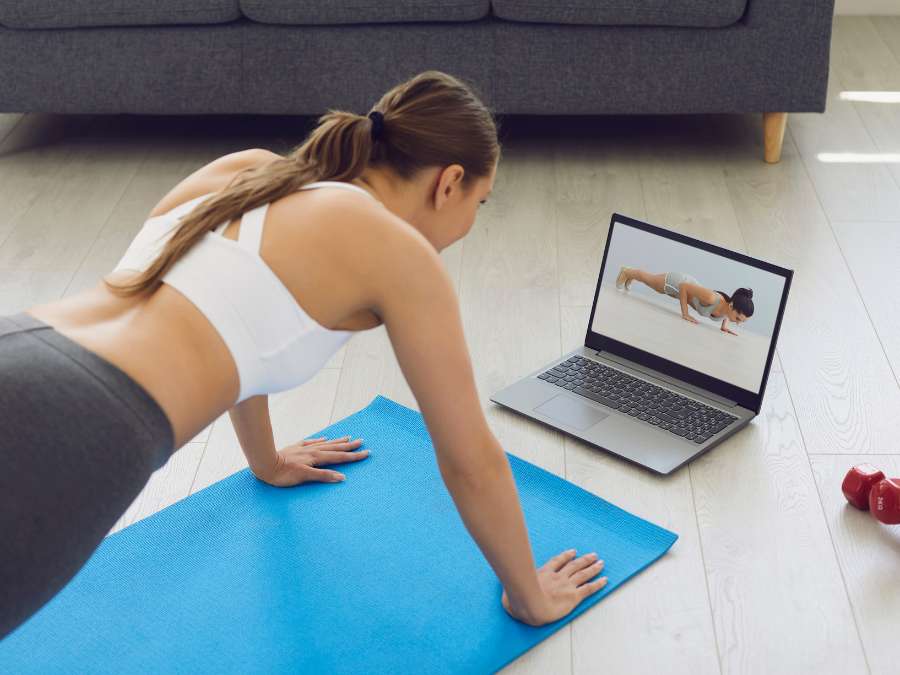
- Ring stands: These help keep the ball in place when not in use, preventing it from rolling around the gym.
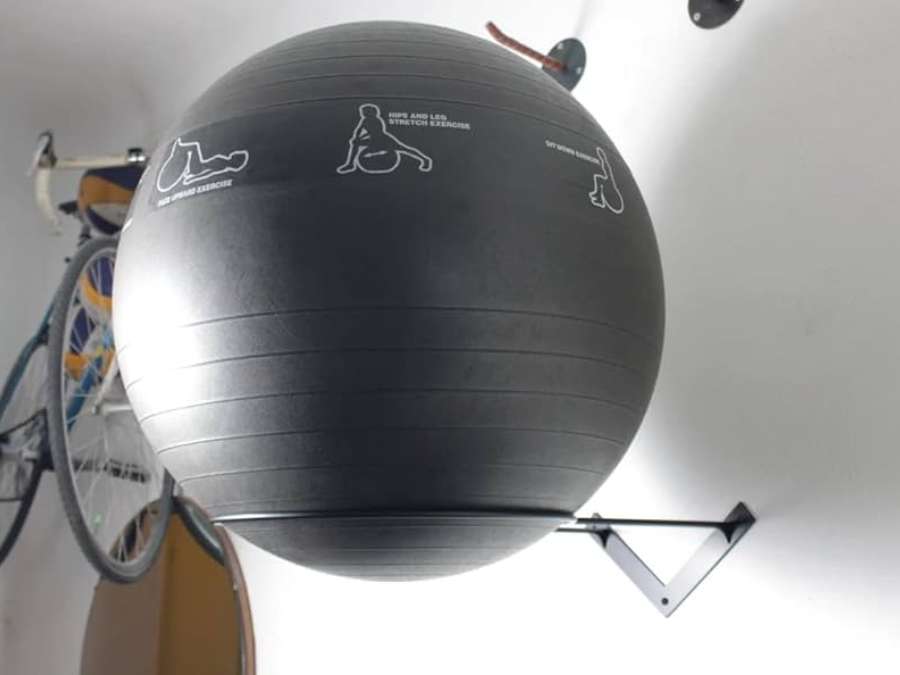
4. Do’s and Don’ts of Buying Fitness Balls
When purchasing fitness balls for your gym, there are a few important factors to keep in mind to ensure you’re making the best choice. Here are some essential do’s and don’ts to consider:
Do’s
- Opt for Thicker, Heavier PVC Balls: These tend to be more durable and offer better grip, without being too slick or sticky. As a matter of fact, choosing non-toxic, latex-free, professional-grade PVC is ideal for long-term use.
- Select the Correct Size: Ensure the ball is the right size to accommodate different users’ heights. When seated on the ball, users’ feet should touch the ground, and their thighs should be parallel to the floor.
- Request an Anti-Burst Test: It’s helpful to ask for a video from the manufacturer showing the anti-burst capabilities of the ball. High-quality balls often feature tiny bubbles on the surface, indicating enhanced anti-burst protection.
- Check the Stopper: The stopper should be difficult to pull out, indicating a better seal that keeps air from leaking over time. This ensures longer periods between re-inflations.
- Use an Electric Pump: If possible, invest in an electric pump. Manual pumps are often less efficient and can be time-consuming, especially in a gym setting where equipment is frequently used.
Don’t:
- Avoid Inflating the Ball Fully in One Go: For new PVC balls, it’s best to inflate them to around 80%, allowing the material to stretch overnight. Finish inflating them the next day to reach full size, which helps the ball maintain its durability and shape.
By following these tips, you’ll be able to choose fitness balls that are reliable, durable, and easy to maintain for your gym’s needs.
Conclusion
Choosing the right fitness balls for your gym is essential to providing a safe and effective workout experience for your clients. By understanding the key features and selecting high-quality options, you’ll keep your gym equipment reliable and your clients satisfied.
We hope this guide equipped you with the knowledge to make smart purchasing decisions. Are you ready to upgrade your equipment? Contact YR Fitness today and discover how we can help you take your gym to the next level with top-quality fitness solutions!
Dive Deeper Into Our Resources
Looking for more diverse product options? Browse through our handpicked selections:
For some insightful reads, we’ve curated a list of recommended articles just for you:
Still haven’t found what you’re looking for? Don’t hesitate to contact us. We’re available around the clock to assist you.
Related articles:
